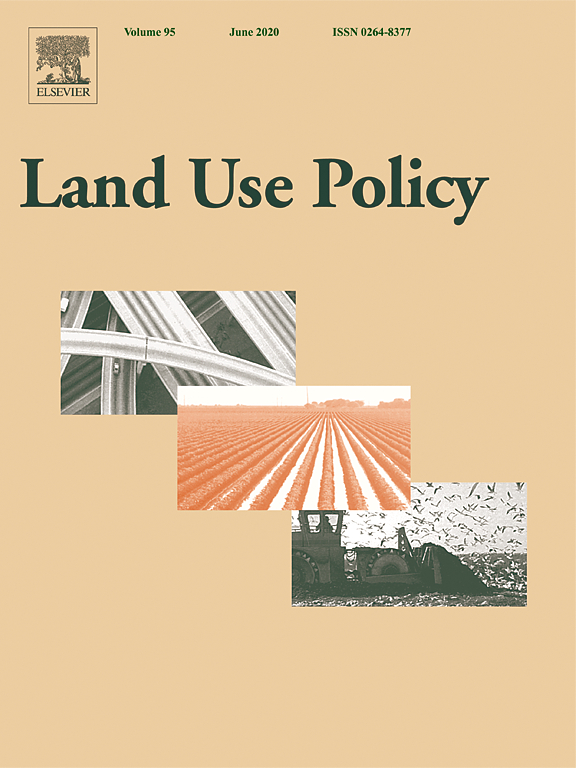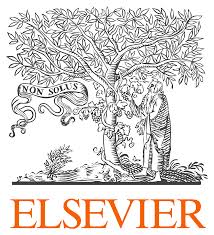Location
Land Use Policy is an international and interdisciplinary journal concerned with the social, economic, political, legal, physical and planning aspects of urban and rural land use. It provides a forum for the exchange of ideas and information from the diverse range of disciplines and interest groups which must be combined to formulate effective land use policies. The journal examines issues in geography, agriculture, forestry, irrigation, environmental conservation, housing, urban development and transport in both developed and developing countries through major refereed articles and shorter viewpoint pieces.
Land Use Policy aims to provide policy guidance to governments and planners and it is also a valuable teaching resource.
ISSN: 0264-8377
Members:
Resources
Displaying 111 - 115 of 279Urban-rural divides in preferences for wetland conservation in Malaysia
We examined the preferences for wetland conservation among urban and rural dwellers in Malaysia. A choice experiment using face-to-face interviews with urban and rural households was employed. Wetland conservation alternatives were described in terms of environmental protection zones, biodiversity protection, recreational services and flood. Each alternative was connected to a cost for the household, which was a reduction in subsidies for daily goods. Using a latent class model, we identified three groups with distinctly different preferences.
Spatial distribution and uncertainties of nitrogen budgets for agriculture in the Tagus river basin in Portugal – Implications for effectiveness of mitigation measures
The present study describes a methodology to quantify the gross soil nitrogen balance (SNB) for agricultural land use in the Tagus Nitrate Vulnerable Zone (TVZ) between 1989 and 2016, including effects of implementation of the EC Nitrates Directive (ND, 91/676/EEC) since 2004. The study uses decadal information from National Agricultural Census at parish level and is supported by a Geographical Information System (GIS). The average SNB of the TVZ decreased significantly (p
Aerial river management by smart cross-border reforestation
In the face of increasing socio-economic and climatic pressures in growing cities, it is rational for managers to consider multiple approaches for securing water availability. One often disregarded option is the promotion of reforestation in source regions supplying important quantities of atmospheric moisture transported over long distances through aerial rivers, affecting water resources of a city via precipitation and runoff (‘smart reforestation’). Here we present a case demonstrating smart reforestation’s potential as a water management option.
Climate financing needs in the land sector under the Paris Agreement: An assessment of developing country perspectives
This paper explores the potential of climate finance to support developing country efforts to shift away from unsustainable land use patterns in the context of the 2015 Paris Climate Agreement. We pursue two research objectives here. Through a meta-analysis of 40 developing country Nationally Determined Contributions (NDCs), we provide, first, a comprehensive qualitative overview of developing country perspectives on climate financing needs for mitigation and adaptation activities in the land use, land-use change and forestry sectors (LULUCF).
Evaluating a collaborative decision-analytic approach to inform conservation decision-making in transboundary regions
Conservation decision-making in transboundary regions presents considerable challenges for protected area managers working in countries with differing languages, laws, and cultures. Collaborative decision analysis has informed real-world conservation decisions in non-transboundary contexts. Here we evaluate for the first time its application in two transboundary regions in Europe: Julian Alps along the Italian–Slovenian border, and the Bavarian–Bohemian Forest along the German–Czech border.



